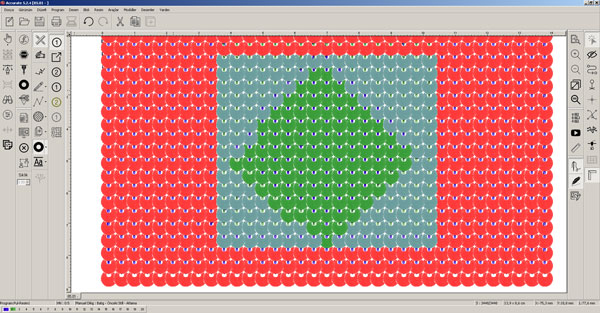
In addition to accuracy and precision, measurements may also have a measurement resolution, which is the smallest change in the underlying physical quantity that produces a response in the measurement. The terminology is also applied to indirect measurements-that is, values obtained by a computational procedure from observed data. Related terms include bias (non- random or directed effects caused by a factor or factors unrelated to the independent variable) and error (random variability). Eliminating the systematic error improves accuracy but does not change precision.Ī measurement system is considered valid if it is both accurate and precise. The result would be a consistent yet inaccurate string of results from the flawed experiment. For example, if an experiment contains a systematic error, then increasing the sample size generally increases precision but does not improve accuracy. The field of statistics, where the interpretation of measurements plays a central role, prefers to use the terms bias and variability instead of accuracy and precision: bias is the amount of inaccuracy and variability is the amount of imprecision.Ī measurement system can be accurate but not precise, precise but not accurate, neither, or both. Although the two words precision and accuracy can be synonymous in colloquial use, they are deliberately contrasted in the context of the scientific method. The precision of a measurement system, related to reproducibility and repeatability, is the degree to which repeated measurements under unchanged conditions show the same results. In the fields of science and engineering, the accuracy of a measurement system is the degree of closeness of measurements of a quantity to that quantity's true value. In the first, more common definition of "accuracy" above, the two concepts are independent of each other, so a particular set of data can be said to be either accurate, or precise, or both, or neither.Īccuracy is the proximity of measurement results to the true value precision is the degree to which repeated (or reproducible) measurements under unchanged conditions show the same results. In simpler terms, given a set of data points from repeated measurements of the same quantity, the set can be said to be accurate if their average is close to the true value of the quantity being measured, while the set can be said to be precise if the values are close to each other. The precision of a measurement indicates the resolution or the limit of the measuring instrument.' Higher the precision,smaller the resolution and larger the significant digits. Precision is a description of random errors, a measure of statistical variability. The accuracy of a measurement is a measure of how close the observed value (measured value) is to the true value of the quantity.If error is less, the measurement is accurate.
#Accurate 5 iso#

In a set of measurements, accuracy is closeness of the measurements to a specific value, while precision is the closeness of the measurements to each other. ( February 2021) ( Learn how and when to remove this template message)

Please help improve it to make it understandable to non-experts, without removing the technical details. This article may be too technical for most readers to understand.


 0 kommentar(er)
0 kommentar(er)
